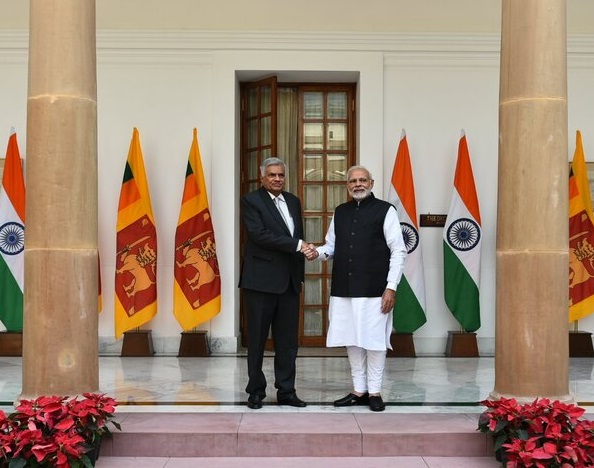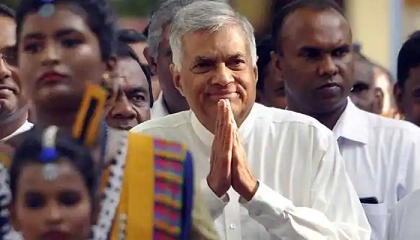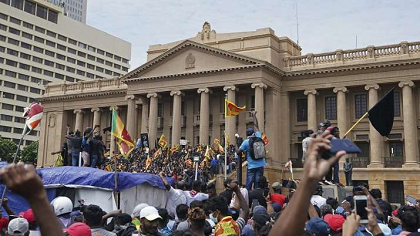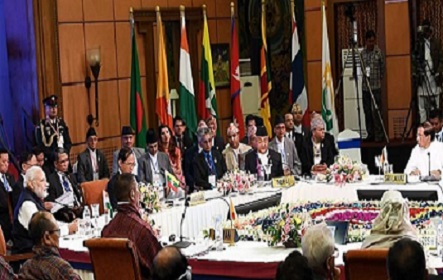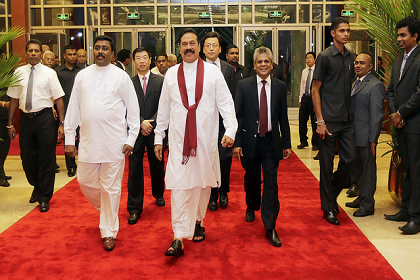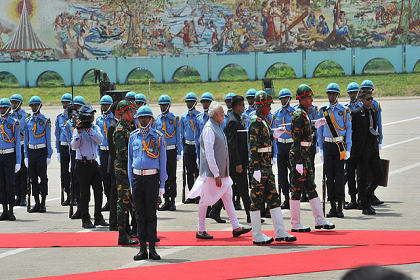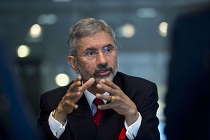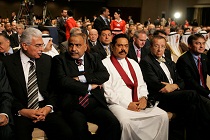India and Sri Lanka Beyond the IMF
The Sri Lankan economy is showing signs of stabilizing after experiencing the worst contraction in its history in 2022. Decisive policies by President Ranil Wickremasinghe, timely Indian aid, and an IMF Programme have laid the groundwork for a return to growth. India and Sri Lanka must now shift from an aid relationship to one which deepens bilateral trade and investment flows.

